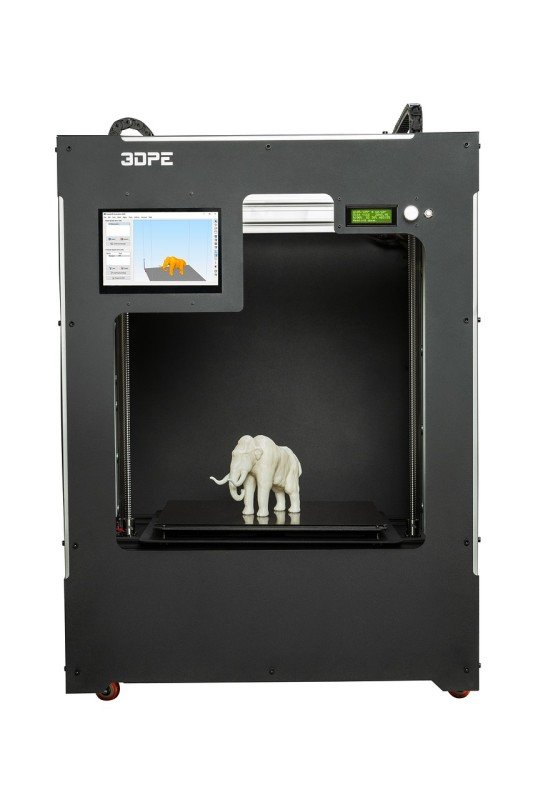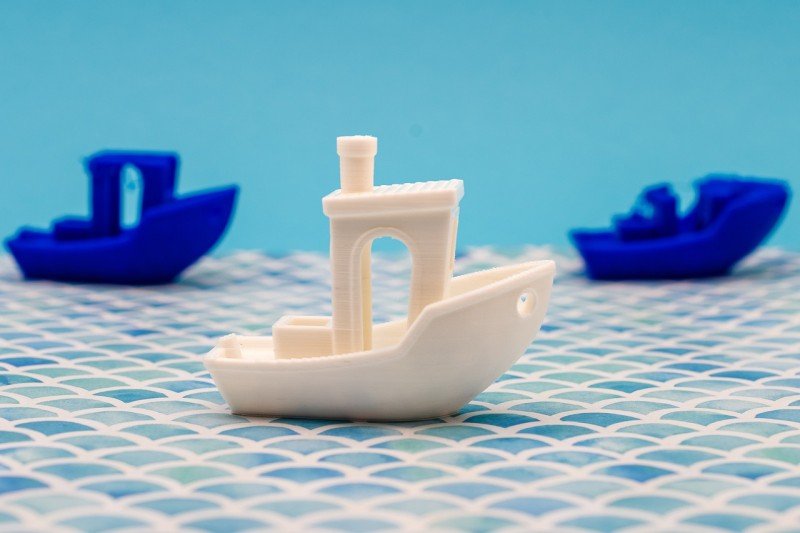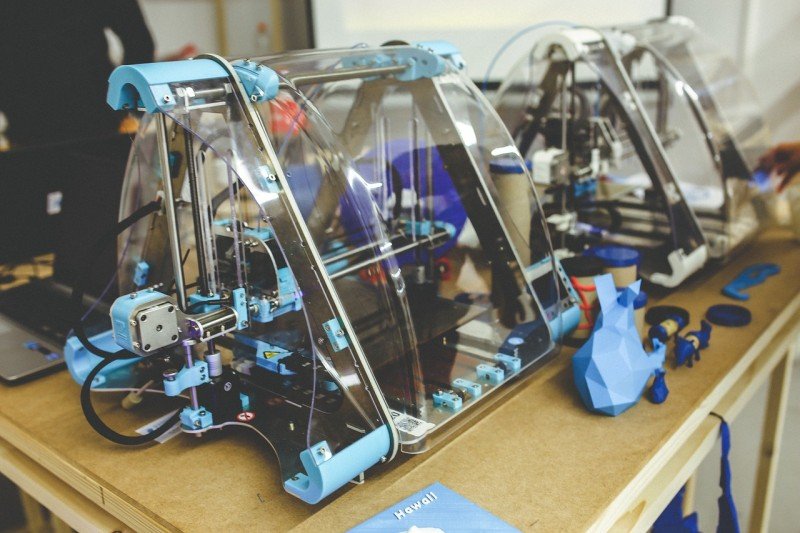Once you pick a printer, you'll need some filament. This is the material your printer uses to create objects. PLA is a great choice for beginners since it's user-friendly, eco-friendly, and doesn’t require a heated bed. If you’re getting a bit adventurous, you can also explore ABS, PETG, or even flexible filaments. Each type has its own pros and cons, so do a little homework on which one fits your project best.
Next up is software. Your 3D printer will require a slicing program to convert your 3D models into a format that the printer can understand. There are plenty of free options like Cura and PrusaSlicer that are easy to get the hang of. You can create your own designs using programs like Tinkercad or Blender, or find tons of pre-designed models on sites like Thingiverse. It’s a great way to jump right into creating without having to design everything from scratch!
Finally, don’t forget about safety and maintenance. Make sure to read the printer’s manual to understand how it works and stay safe while you're printing. Regular maintenance is also key to keeping your printer in top shape, so keep an eye on things like the nozzle and build plate. With a little practice, you’ll be amazed by what you can create—and who knows, you might just find a new favorite hobby!
Types of 3D Printers Explained
When it comes to 3D printers, not all are created equal. Different types cater to various needs, whether you’re a hobbyist or a professional. Here’s a simple breakdown to help you understand the main types of 3D printers out there.
Fused Deposition Modeling (FDM) is the most common type you’ll encounter. It works by melting plastic filament and extruding it layer by layer to build your object. FDM printers are great for beginners because they’re generally affordable and user-friendly. Plus, there’s a wide range of materials and colors available!
Stereolithography (SLA) printers, on the other hand, use a laser to cure liquid resin into solid objects. This method provides high-resolution prints with amazing detail, making it a favorite for jewelry makers and anyone needing fine, intricate parts. Just keep in mind that the resins can be a bit messy and have strong odors.
Then we have Selective Laser Sintering (SLS). This one is more commonly found in industrial settings. SLS uses a laser to fuse powdered materials like nylon or metal into solid forms. It’s excellent for producing durable parts, and there’s no need for support structures, which means more complex designs are possible.
Finally, Multi-Jet Modeling (MJM) and Digital Light Processing (DLP) represent two more advanced technologies. MJM uses multiple jets to lay down layers of material and create detailed prints quickly, while DLP works similarly to SLA but uses a projector to cure resin faster. Both are great for producing detailed prototypes and models.
Choosing the Right Materials
When you dive into 3D printing, one of the first things you'll need to consider is the materials you want to use. The material you choose can significantly affect the durability, flexibility, and overall look of your printed objects. Here are some popular options to help guide your decision:
When choosing materials, think about what you’ll be designing. Are you creating decorative items or functional parts? Do you need something tough that won’t break easily, or something lightweight? This will help narrow down your options. Also, don’t forget to check compatibility with your 3D printer since not all printers can handle every type of filament.
Testing different materials can be part of the fun. Don’t be afraid to experiment! You might find that a particular type not only works well for your projects but also leads to unique results you love. Happy printing!
Tips for 3D Printing Success
Ready to dive into 3D printing? Here are some tips to help you get the best results from your printer:
With these tips in hand, you're on your way to creating some amazing 3D prints. It’s all about practice and learning as you go. Enjoy the journey!


